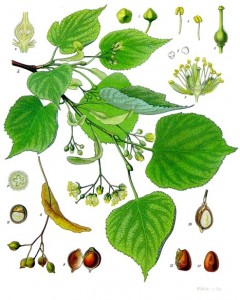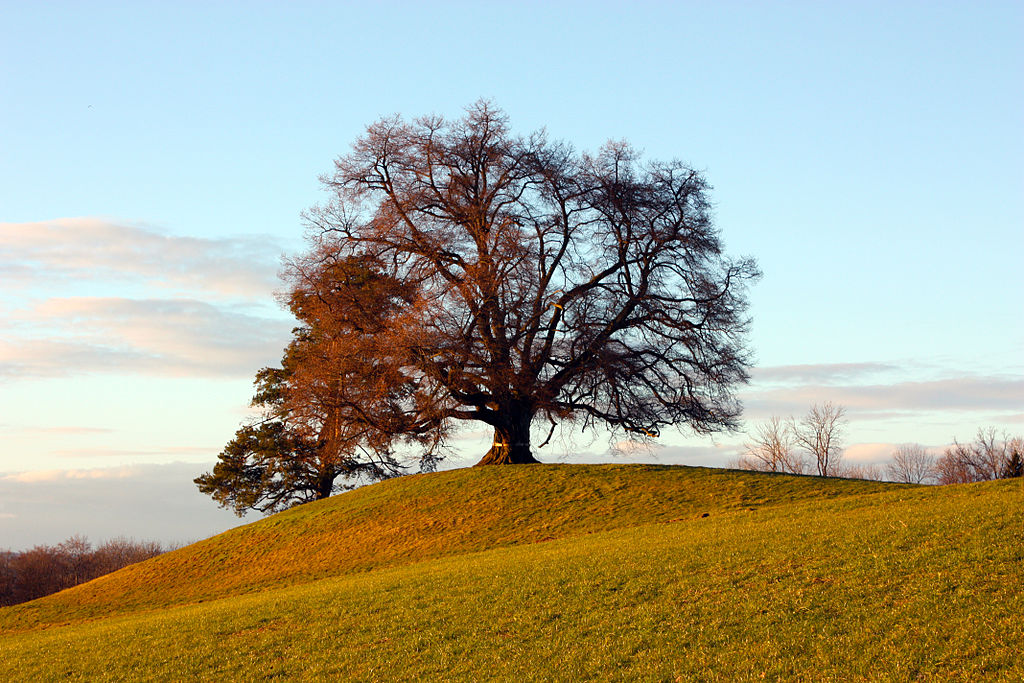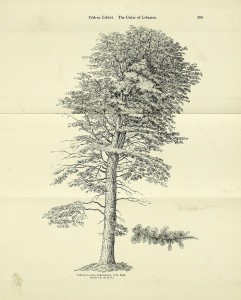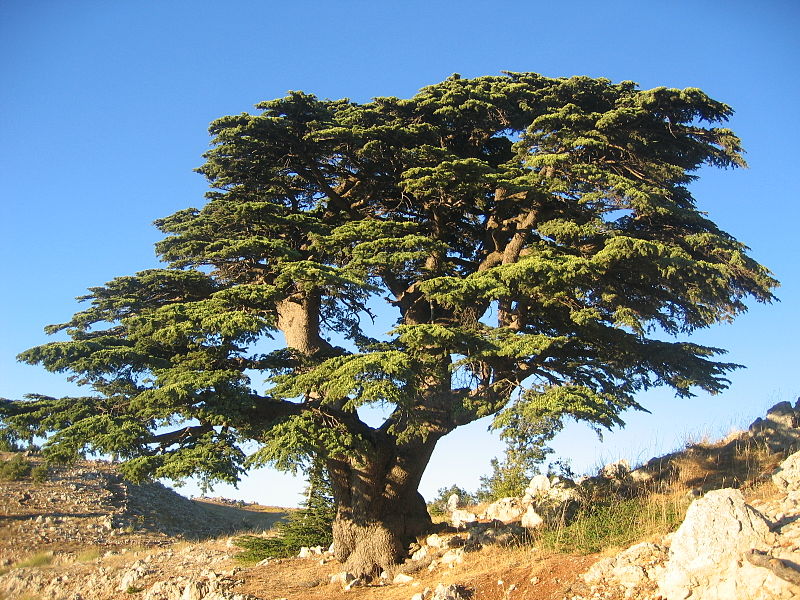A Multisensory Concert – 24. Februar 2017 – Maria Magdalena Wiesmaier: Cello; Nabil Hilaneh: Oud – Fabio Dondero und Dominik Breider: Incense burning – Tilia (Deutschland) and Cedrus Libani (Syriien) – Palais im Roten Salon in der Volksbuehne, Berlin – LINK VOLKSBUEHNE
Wie die Klänge das Ohr, so durchdringen die Gerüche den Menschen in seinem Atem. Unsichtbar wie die Töne strömen die Duftmoleküle auf uns ein und teilen uns etwas mit, indem sie unseren Geist verändern. Riechen und Hören sind die beiden offensten und transkulturellsten Sinne, die wir besitzen.
Das Konzert inszeniert eine Begegnung zwischen klassischer arabischer und westlicher Musik. Die Berliner Cellistin Maria Magdalena Wiesmaier und der Oud-Spieler Nabil Hilaneh aus Damaskus erforschen im gemeinsamen Musizieren die Interaktionsmöglichkeiten zwischen ihren tonalen Welten.
Nabil studierte in Damaskus und Kairo. Eine wichtige Inspiration ist für ihn der irakische Oud-Meister Munir Bashir, der die traditionelle arabische Musik auf neue meditative und intensive Art weiterentwickelte. Maria studierte in Weimar und London und bewegte sich bisher in der westlichen Tradition vom ornamentierenden und (damals noch) improvisierenden Barock bis hin zur zeitgenössischen Musik von György Kurtag.
Ihr gemeinsames Projekt „Damaskus-Berlin“ führt die beiden unterschiedlichen kulturellen und musikalischen Horizonte einander entgegen: die arabische Musiktradition, basierend auf Melodie und Improvisation unter Verwendung der Modulationsfolgen des Maqamat (die arabisch-türkischen Tonleitern) – und die klassisch-westliche Musiktradition, in der sich aus der frühbarocken Polyphonie allmählich die Dur-Moll-funktionale Tonalität herausbildete. Das eine System besteht bekanntlich aus 12 Tönen, das andere verwendet neben Halb- und Ganztonschritten auch Vierteltöne.
Aus der Spannung zwischen den beiden historisch gewachsenen Musiktraditionen lassen Maria und Nabil eine gemeinsame Sprache entstehen. Ihre Stücke sind eine Mischung aus Improvisation und Komposition, basierend auch auf der Erforschung des jeweiligen Klanges und Zusammenklanges von Cello und Oud. Es entsteht ein Dialog zwischen musikalischen Hintergründen und Lebensgeschichten, eine eigene, neue und zeitgenössische Musik. Simultan zum Konzert werden diesmal Tilia und Libanonzeder verräuchert.
 Tilia is a genus of about 30 species of trees native throughout most of the temperate Northern Hemisphere. The genus occurs in Europe and eastern North America and Asia and it is generally called lime or linden in Britain and linden, lime, or basswood in North America. Tilia species are mostly large, deciduous trees, reaching typically 20 to 40 metres tall, with oblique-cordate leaves 6 to 20 cm across. Limes are hermaphroditic, having perfect flowers with both male and female parts, pollinated by insects. The dried flowers are mildly sweet and sticky, and the fruit is somewhat sweet and mucilaginous. Limeflower tea has a pleasing taste, due to the aromatic volatile oil found in the flowers. The flowers, leaves, wood, and charcoal (obtained from the wood) are as well used for medicinal purposes. Linden trees produce soft and easily worked timber, a popular wood for model building and for intricate carving. Especially in Germany, it was the classic wood for sculpture from the Middle Ages onwards and is the material for the elaborate altarpieces of Veit Stoss, Tilman Riemenschneider, and many others. In England, it was the favoured medium of the sculptor Grinling Gibbons (1648–1721). Having a fine light grain and being comparatively light in weight, it has been used for centuries for this purpose. Ease of working and good acoustic properties also make limewood popular for instruments such as guitars, basses, recorders or percussion. In Europe, some linden trees reached considerable ages (up to 2,000 years old). For the Germans and the Slavs, Linde was considered a sacred tree. Approximately 850 places or districts in Germany have names, which are due to the linden tree.
Tilia is a genus of about 30 species of trees native throughout most of the temperate Northern Hemisphere. The genus occurs in Europe and eastern North America and Asia and it is generally called lime or linden in Britain and linden, lime, or basswood in North America. Tilia species are mostly large, deciduous trees, reaching typically 20 to 40 metres tall, with oblique-cordate leaves 6 to 20 cm across. Limes are hermaphroditic, having perfect flowers with both male and female parts, pollinated by insects. The dried flowers are mildly sweet and sticky, and the fruit is somewhat sweet and mucilaginous. Limeflower tea has a pleasing taste, due to the aromatic volatile oil found in the flowers. The flowers, leaves, wood, and charcoal (obtained from the wood) are as well used for medicinal purposes. Linden trees produce soft and easily worked timber, a popular wood for model building and for intricate carving. Especially in Germany, it was the classic wood for sculpture from the Middle Ages onwards and is the material for the elaborate altarpieces of Veit Stoss, Tilman Riemenschneider, and many others. In England, it was the favoured medium of the sculptor Grinling Gibbons (1648–1721). Having a fine light grain and being comparatively light in weight, it has been used for centuries for this purpose. Ease of working and good acoustic properties also make limewood popular for instruments such as guitars, basses, recorders or percussion. In Europe, some linden trees reached considerable ages (up to 2,000 years old). For the Germans and the Slavs, Linde was considered a sacred tree. Approximately 850 places or districts in Germany have names, which are due to the linden tree.

 Cedrus Libani is a species of cedar native to the mountains of the Mediterranean region. It grows in Lebanon, Israel, northwest Jordan, western Syria, and south central Turkey. Cedrus libani is an evergreen coniferous tree growing up to 40 m tall, with a trunk up to 2.5 m in diameter. The crown is conic when young, becoming broadly tabular with age with fairly level branches. In Syria, Lebanon and Turkey it occurs most abundantly at altitudes of 600–2.000 m, where it forms pure or mixed forests. The cedar of Lebanon was important to various ancient civilizations. The trees were used by the Phoenicians for building commercial and military ships, as well as houses, palaces and temples. The ancient Egyptians used its resin in mummification, and its sawdust has been found in the tombs of Egyptian Pharaohs. The Sumerian Epic of Gilgamesh designates the cedar groves of Lebanon as the dwelling of the gods to which Gilgamesh, the hero, ventured, In Judaist mythology, Hebrew priests were ordered by Moses to use the bark of the Lebanon cedar in the cleansing ceremony following the conclusion of a period of leprosy. The Hebrew prophet Isaiah used the Lebanon cedar as a metaphor for the pride of the world. According to the Talmud, Jews once burned Lebanese cedar wood on the Mount of Olives to celebrate the new year. Foreign rulers from both near and far would order the wood for religious and civil construction projects, the most famous of which are King Solomon’s Temple in Jerusalem and David’s and Solomon’s palaces. Because of its significance the word cedar is mentioned 75 times (cedar 51 times, cedars 24 times) in the Bible, and played a pivotal role in the cementing of the Phoenician-Hebrew relationship. Beyond that, it was also used by Romans, Greeks, Persians, Assyrians and Babylonians. Over the centuries, extensive deforestation has occurred, with only small remnants of the original forests surviving.
Cedrus Libani is a species of cedar native to the mountains of the Mediterranean region. It grows in Lebanon, Israel, northwest Jordan, western Syria, and south central Turkey. Cedrus libani is an evergreen coniferous tree growing up to 40 m tall, with a trunk up to 2.5 m in diameter. The crown is conic when young, becoming broadly tabular with age with fairly level branches. In Syria, Lebanon and Turkey it occurs most abundantly at altitudes of 600–2.000 m, where it forms pure or mixed forests. The cedar of Lebanon was important to various ancient civilizations. The trees were used by the Phoenicians for building commercial and military ships, as well as houses, palaces and temples. The ancient Egyptians used its resin in mummification, and its sawdust has been found in the tombs of Egyptian Pharaohs. The Sumerian Epic of Gilgamesh designates the cedar groves of Lebanon as the dwelling of the gods to which Gilgamesh, the hero, ventured, In Judaist mythology, Hebrew priests were ordered by Moses to use the bark of the Lebanon cedar in the cleansing ceremony following the conclusion of a period of leprosy. The Hebrew prophet Isaiah used the Lebanon cedar as a metaphor for the pride of the world. According to the Talmud, Jews once burned Lebanese cedar wood on the Mount of Olives to celebrate the new year. Foreign rulers from both near and far would order the wood for religious and civil construction projects, the most famous of which are King Solomon’s Temple in Jerusalem and David’s and Solomon’s palaces. Because of its significance the word cedar is mentioned 75 times (cedar 51 times, cedars 24 times) in the Bible, and played a pivotal role in the cementing of the Phoenician-Hebrew relationship. Beyond that, it was also used by Romans, Greeks, Persians, Assyrians and Babylonians. Over the centuries, extensive deforestation has occurred, with only small remnants of the original forests surviving.

Die Cellistin Maria Magdalena Wiesmaier konzertiert als Solistin und Kammermusikerin im In- und Ausland. Darüber hinaus entwickelt sie eigene Projekte, die klassische Musik in neuen Zusammenhängen präsentieren und für deren Umsetzung sie genreübergreifend mit Schauspielern, Architekten, Video- und Lichtkünstlern zusammenarbeitet. In Augsburg geboren erhielt sie mit sechs Jahren ihren ersten Cellounterricht. In Weimar begann sie zunächst ein Architekturstudium an der Bauhaus Universität und studierte Musik an der Hochschule für Musik ”Franz Liszt“. Schließlich zog sie als Musikerin nach London, wo sie bei Christopher Bunting, Amaryllis Fleming und Raphael Wallfisch ihre Studien fortführte. Maria Magdalena Wiesmaier war Solocellistin des London Philharmonic Youth Orchestra und Cellistin des Samuel Piano Trio. Sie gab Celloabende in Japan, Großbritannien und Deutschland und war als Kammermusikerin Gast zahlreicher internationaler Festivals. Seit 2001 arbeitet sie u.a. mit dem Schauspieler Klaus Maria Brandauer zusammen, den sie bei Lesungen im Burgtheater Wien, Konzerthaus Berlin und in der Alten Oper Frankfurt (u.a.) begleitet hat.
http://maria-magdalena-wiesmaier.de/

Der Oud-Spieler Nabil Hilaneh studierte an der Hochschule für Musik in Damaskus, wo er sein Studium 2010 als Oud-Solist mit Auszeichnung abschloss. Anschließend studierte er bis 2014 am „Haus der arabischen Laute“ in Kairo. Daraufhin arbeitete er als Oud-Lehrer an verschiedenen Musikschulen in Syrien und dem angrenzenden Ausland. Beim Internationalen Wettbewerb der arabischen Laute im Libanon gewann er im Jahr 2009 den dritten Platz. Er nahm im Jahr 2010 an der „Konferenz der arabischen Laute“ in Kairo teil. Seit August 2014 lebt er in Berlin, wohin er als Flüchtling aufgrund des Syrienkrieges kam. Nabil Hilaneh gilt als einer der begabtesten Oudspieler der arabischen Welt.
https://soundcloud.com/nabil-hilana

